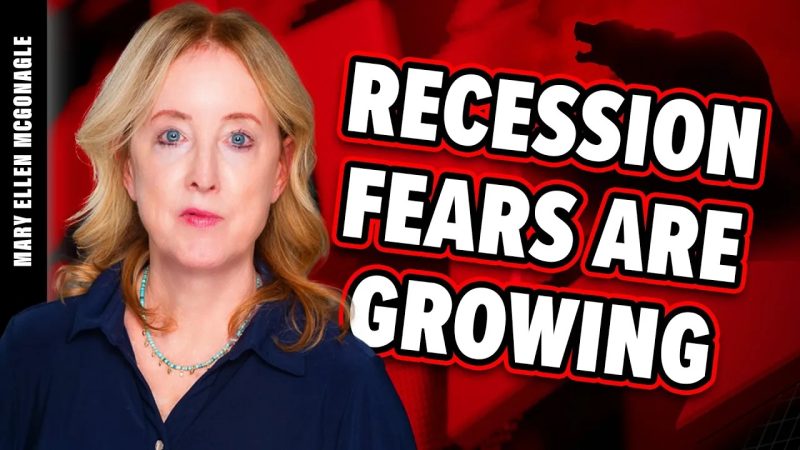
Economic Rollercoaster: Markets Plummet as Recession Looms
In recent times, global markets have been facing great uncertainty and turbulence. The current situation in the financial world is dire, with fears of an impending recession looming over investors and economists alike. There are several key factors contributing to this downturn, and understanding them is crucial in navigating the current market landscape.
One of the primary concerns driving the market nosedive is the escalating trade tensions between major economies such as the United States and China. The ongoing trade war has led to increased tariffs, which in turn have disrupted global supply chains and caused market volatility. Investors are wary of the potential economic fallout from these trade disputes, as they threaten to dampen growth prospects and sow further instability in financial markets.
Additionally, geopolitical uncertainties have added another layer of complexity to the market downturn. Rising political tensions in regions such as the Middle East and Europe have heightened fears of conflict and instability, triggering risk aversion among investors. The threat of a military conflict or a breakdown in diplomatic relations can have cascading effects on financial markets, as demonstrated by the sharp sell-offs in response to recent geopolitical developments.
Furthermore, concerns about slowing global economic growth have been a significant driver of the market nosedive. Key indicators such as slowing manufacturing activity, declining consumer confidence, and weakening corporate earnings have raised red flags about the health of the global economy. Many analysts fear that a protracted period of subpar growth could tip the world into a recession, prompting investors to adopt a defensive stance and pull back from riskier assets.
Central banks have also played a crucial role in shaping the current market environment. The shift towards a more dovish monetary policy stance by major central banks, including the Federal Reserve and the European Central Bank, has been met with mixed reactions from investors. While accommodative policies can provide a boost to markets in the short term, concerns about the long-term sustainability of such measures have weighed on investor sentiment and fueled uncertainty about the future direction of monetary policy.
In response to these challenges, investors are increasingly turning to safe-haven assets such as gold, government bonds, and the Japanese yen as a hedge against market volatility. These defensive assets tend to outperform during periods of heightened uncertainty, providing a buffer against the downside risks facing financial markets. However, the surge in demand for safe-haven assets has also raised questions about the broader implications for asset valuations and market liquidity.
In conclusion, the current nosedive in global markets reflects a confluence of factors, including trade tensions, geopolitical uncertainties, slowing economic growth, and shifts in monetary policy. Investors must remain vigilant and adaptive in navigating these turbulent market conditions, focusing on diversification, risk management, and a long-term perspective. While the road ahead may be fraught with challenges, staying informed and disciplined can help investors weather the storm and position themselves for long-term success in an ever-changing financial landscape.
